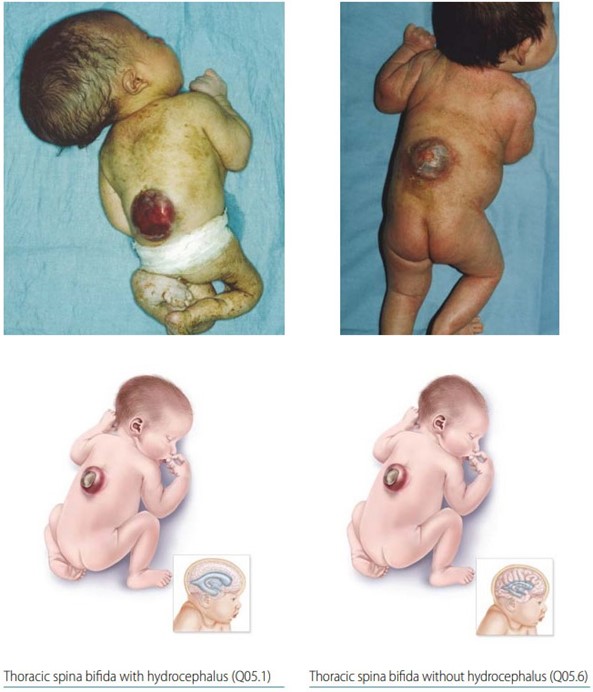A nurse is providing teaching about lice to the parents of a school-age child at a well-child visit.
Which of the following information should the nurse include in the teaching?
"Encourage your child to avoid sharing hats with other children.".
"Lice can jump from one child to another.".
"Live lice can survive for 2 weeks away from the host.".
"Washing your child's hair daily will prevent lice.".
The Correct Answer is A
Head lice are spread most commonly by direct head-to-head (hair-to-hair) contact.
However, much less frequently they are spread by sharing clothing or belongings onto which lice have crawled or nits attached to shed hairs may have fallen.
Choice B is not correct because lice cannot jump from one child to another. Choice C is not correct because live lice survive less than 1-2 days if they fall off a
person and cannot feed.
Choice D is not correct because washing your child’s hair daily will not prevent lice.
Nursing Test Bank
Naxlex Comprehensive Predictor Exams
Related Questions
Correct Answer is C
Explanation
Neural tube defects are birth defects of the brain, spine, or spinal cord that happen in the first month of pregnancy.
Spina bifida is a neural tube defect that affects the spine.
Choice A, Hydrocephalus, is not a neural tube defect but rather a condition where there is an accumulation of cerebrospinal fluid within the brain.
Choice B, Cerebral palsy, is not a neural tube defect but rather a group of disorders that affect movement and muscle tone or posture.
Choice D, Muscular dystrophy, is not a neural tube defect but rather a group of genetic diseases that cause progressive weakness and loss of muscle mass.

Correct Answer is B
Explanation
Normal urine output for a child is 1-2 ml/kg/hr.
The child weighs 33 lb (15 kg), so their expected urine output over an 8-hour period would be between 120 mL and 240 mL.
The child’s urine output of 160 mL falls within this range.
Choice A, Notifying the provider, is not necessary because the child’s urine output
is within the normal range.
Choice C, Perform a bladder scan at the bedside, is not necessary because there is no indication of urinary retention.
Choice D, Providing oral rehydration fluids, is not necessary because the child’s urine output is within the normal range.
Whether you are a student looking to ace your exams or a practicing nurse seeking to enhance your expertise , our nursing education contents will empower you with the confidence and competence to make a difference in the lives of patients and become a respected leader in the healthcare field.
Visit Naxlex, invest in your future and unlock endless possibilities with our unparalleled nursing education contents today
Report Wrong Answer on the Current Question
Do you disagree with the answer? If yes, what is your expected answer? Explain.
Kindly be descriptive with the issue you are facing.
